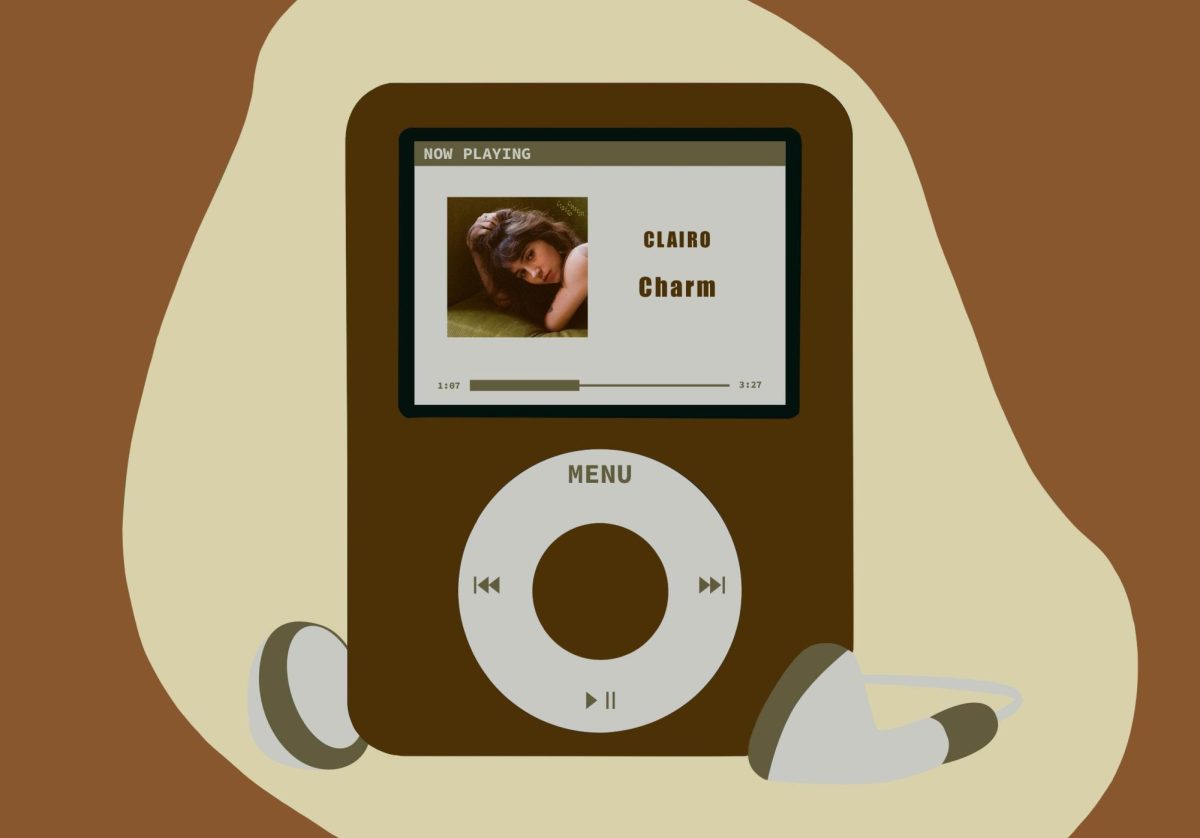Shortly after comedian Matt Rife’s Netflix special premiered on Nov. 15, he was met with backlash about his opening joke. The joke starts with Rife talking about how he went to Baltimore one time and when he and a friend went out to eat, their hostess had a black eye. The punchline of the joke was that if the hostess knew how to cook she probably would not have a black eye. It was a domestic violence joke.
Many of the criticisms that Rife received was about how the joke was not his to tell, especially as a white man who has no known history of domestic violence and who blew up on TikTok due to a female dominant fan base.
Rife doubled down on the joke in his response to the backlash. He posted to his Instagram story saying, “If you’ve ever been offended by a joke I’ve told, here’s a link to my official apology.” The link sent users to a website that sold special needs helmets.
Similar to other situations where comedians have told jokes and received major backlash, the conversation about where the line for dark humor is came up across platforms, especially TikTok, where many people know Rife from.
Lauren Clement, a third-year at the University of Minnesota, in an email response to the Minnesota Daily, described dark humor as “a joke that is controversial, goes against social norms or is not politically correct.”
This is a common definition of dark humor. However, professor Maggie Hennefeld, who teaches in the department of cultural studies and comparative literature, provided a more general explanation for what defines dark comedy as a genre.
Hennefeld, who taught a class on comedy previously at the University, said dark humor is a broad category but summarized it as the kind of humor that makes light of topics that are typically uncomfortable or difficult to talk about.
“Is cringe comedy dark humor?” Hennefeld said. “If it makes you effectively uncomfortable to engage with it, that could be a form of dark humor.”
Hennefeld mentioned physical comedy as another possible example of dark humor due to its violent nature. She references the “Looney Tunes” cartoons, where the Coyote often decapitates himself or falls off of a cliff but comes back to do it all over again.
“There can be a lot of grotesque and morbid transgression in comedy,” Hennefeld said.
All of these examples fit the definitions given by both Clement and Hennefeld, but there is typically less controversy surrounding these types of humor. However, everyone has their limits when it comes to dark humor.
“The degree to which a joke goes over the line depends on the person and their background,” said Clement in her email response.
For example, Clement thinks that a good dark comedy joke needs to be more funny than it is cruel, so “punch up instead of punching down,” she said.
Hennefeld, on the other hand, said “dark humor can punch down as much as it punches up.”
This shows the difference in opinion many people have when it comes to what is acceptable from a dark joke.
Additionally, Clement said dark humor jokes should be done within that person’s own background. In regards to the Matt Rife controversy, Clement thinks “a woman could tell a joke about domestic violence as a form of dark humor, but a man can’t.”
Similarly, many people believe white people should not tell a joke that is racist.
The University’s Comedy Club, which allows students to learn how to do stand-up, write sketches, and perform comedy, wrote in a statement to the Daily that dark humor should “ride the border of what is conventionally acceptable to joke about without directly discriminating against any group or individual.”
Hennefeld agrees with Clement in the sense that proper dark humor needs to be funny but not low hanging fruit. She finds that jokes based on insults and outrage are often cop outs. They are not necessarily funny, but they cause a reaction.
Dark humor doesn’t have to be based in politics and social issues. Hennefeld suggested sometimes dark comedy is best when it is done about something that is more universal, such as mortality, rather than a joke that is focused on people’s identities.
The University’s Comedy Club wrote in their statement dark humor should not upset the audience but more so make them somewhat uncomfortable.
“It’s about what audiences are willing to laugh at,” Hennefeld said.
When the success of a field is based on how audiences react to it, it may be important to think more about the joke being told than dismissing the criticism people are giving.
Correction: A previous version of this article misstated the clumsy character in Loony Tunes. It is the Coyote.
























Facht Sphitter
Dec 22, 2023 at 7:19 am
What if a male comedian momentarily self-identifies as a woman when he tells a DV joke about a woman identifying as a man being beaten by a man identifying as a woman? That makes it okay, no? It checks the boxes, right, if it is a “man” being beaten in the end, and told by a “woman”?
Maziyah H
Dec 9, 2023 at 6:19 am
this was a really nice read, alexis. things like sarcasm & dark humor really can reiterate what humor is between what is actually indescribably inappropriate. & knowing your audience is important to be truly comfortable in discussing morbid things that may be better shared with laughs.
so so good, alexis.
Tim
Dec 8, 2023 at 10:13 am
Gld to see the correction made so quickly.
Tim Walker, MN Daily alumnus
Dec 8, 2023 at 8:58 am
Correction needed.
In the Looney Tunes cartoons, it is Coyote who gets decapitated and falls off a cliff only to be revived.
Not the roadrunner, the object of Coyote’s always unfruitful pursuits.